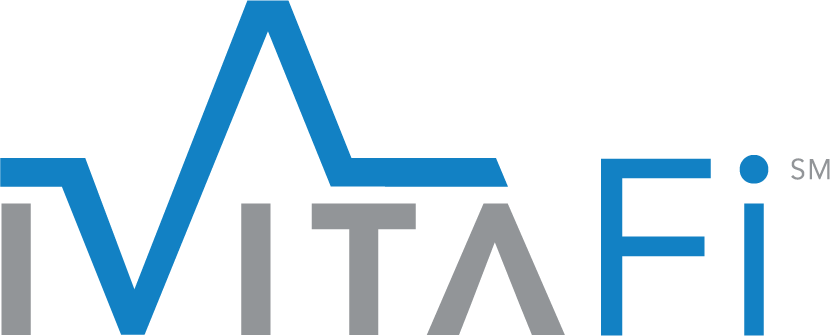Clinical healthcare staffing shortages in the U.S. have been widely reported and remain an ongoing challenge,but equally dramatic shortages in back office staffing, including revenue cycle personnel, are one of the biggest threats facing hospitals and health systems in 2022. In a survey of healthcare finance leaders conducted by HFMA, all respondents reported vacancies within their revenue cycle departments with a full one in four providers reporting a shortage of 20 or more employees below full revenue cycle staffing levels. The demand for employees spans the revenue cycle from registration to billing to patient follow-up.
Closing the gap with new hires is a lengthy and ongoing struggle. One source measured the mean time needed to fill open revenue cycle positions at 207 days for senior positions, 153 for mid-level positions and 84 days for entry-level positions. Compounding the problem is the added burden on existing staff which translates to higher turnover rates.
Improve Revenue Capture and Patient Satisfaction While Doing More with Less
Automation in the revenue cycle, including patient engagement and digital billing, provide a sustainable way to offset understaffing, improve employee satisfaction and retention, and deliver exceptional patient service.
In a tight labor market, digital tools like mobile payments, self-enrollment in payment plans and financing programs, and financial communication can alleviate some of the administrative and patient-experience burden for overworked staff.
More specifically, there are a number of central actions providers can take to save staff time spent on post-visit billing and collections processes:
- Introduce digital billing systems and tools to enable patient self-service
Empowering patients to see bills from a single location, make payments after hours and on weekends, receive communication about their healthcare bills and manage their accounts from their mobile device, eliminates time-consuming tasks for staff, improves patient satisfaction, decreases time spent in AR and improves payment rates. - Expand the payment options patients can directly access in the self-service platform
By providing a wider range of payment options – including payment in full, scheduled payments and optional financing programs – patients are more likely to pay, pay more quickly and fewer accounts need to be mediated by staff post-billing. - Integrate payment and EHR systems to reduce time-consuming manual tasks
By integrating digital payment solutions and business systems, providers gain the advantages of seamless communication with their technology stack. When payments are connected to electronic health records (EHR) systems, staff will spend less time reconciling various platforms and entering information manually. This enables them to allocate significantly fewer hours to billing and achieve better revenue outcomes and patient experiences. - Leverage automation to improve self-collection performance
By using automation tools and integrating your payment solution with your business systems, you can drive self-pay collection performance without involving staff. Automating manual processes reduces the time it takes to process payments. It opens the opportunity for your organization to collect more payments, since integrated payment functionality enables collections at every patient interaction point.
While the market is overflowing with patient payment technology and financing vendors, choose a partner that offers all three core attributes: patient financial engagement, payments and patient financing programs. Your digital patient engagement and payment solution should simplify the payment process, deliver a self-service personalized payment experience, and provide affordable payment options to help your organization collect more, faster. Here are options providers should consider:
- Patient Engagement technology that offers a digital communication platform that enables patients to receive messages about their hospital bills, via text, email and voicemail. It offers secure, HIPAA-compliant text messaging and integrates with your EMR.
- Ability for patients to quickly and easily make a Single Payment toward their healthcare bill using multiple payment methods. Payments can be made in full or as partial payments across multiple encounters.
- A solution that offers the provider organization’s Payment Plan as an option. Patients utilize self-service, mobile-first technology to enroll, and have the option to choose from multiple payment methods to afford and pay for out-of-pocket expenses.
- Patient Financing Program to help the organization quickly collect and increase self-pay collections. The best financing programs offer patients a hassle-free, 0% interest, extended healthcare line of credit regardless of their credit score for out-of-pocket healthcare expenses. The patient financing program is “Self-Serve,” meaning the patient can establish financing without any provider staff assistance, which means no labor cost to the provider.
Contact iVitaFi today to discuss ways your organization can improve patient payments and reduce the burden on already overworked, understaffed revenue teams. We look forward to helping you improve cash collections, alleviate staffing issues and the elevate the patient financial experience.
(888) 504-8482
info@ivitafinancial.com

